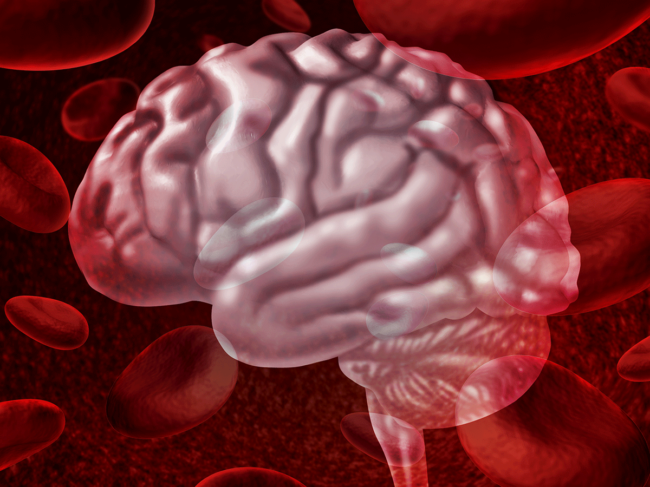
Conferences, BioWorld MedTech
Chinabio Partnering Forum
Multinational corporations view China as source of innovation and accelerator of digital health
Read MoreFDA/Xavier Medcon Conference
Speaker makes case for bringing clinicians on board the cybersecurity train
Read MoreChinabio Partnering Forum
Multinational corporations view China as source of innovation and accelerator of digital health
Read MoreFDA/Xavier Medcon Conference
Resources a common complaint among FDA presenters at Xavier conference
Read MoreChinabio Partnering Forum
China sees five-year highs in life sciences investments and partnering
Read MoreFDA/Xavier Medcon Conference
Shuren: Routine premarket review of IVDs will lag for the balance of 2021
Read MoreMDMA annual meeting







